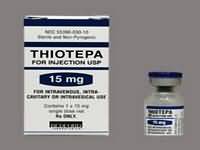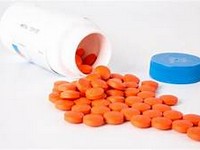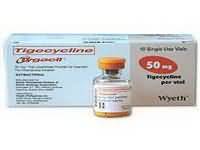Deferasirox

Deferasirox
CLINICAL USE
Treatment of iron overloadDOSE IN NORMAL RENAL FUNCTION
10–30 mg/kg once daily rounded to the nearest whole tabletPHARMACOKINETICS
DOSE IN RENAL IMPAIRMENT
GFR (mL/MIN)
DOSE IN PATIENTS UNDERGOING RENAL REPLACEMENT THERAPIES
IMPORTANT DRUG INTERACTIONS
Potentially hazardous interactions with other drugsAluminium-containing antacids: avoid concomitant useOther nephrotoxic agents: avoid concomitant therapyADMINISTRATION
Reconstition
–Route
OralRate of Administration
–Comments
Take on an empty stomach Disperse in a glass of water, orange or apple juiceOTHER INFORMATION
Increased risk of potentially fatal renal failure and cytopenias in patients with other comorbidities who also had an advanced haematological condition. www.medscape.com/viewarticle/557118During clinical trials, increases in serum creatinine of >33% on 2 consecutive occasions (sometimes above the upper limit of the normal range) occurred in about 36% of patients. These were dose-dependent. Cases of acute renal failure have been reported following post-marketing use of deferasiroxPatients with pre-existing renal conditions and patients who are receiving medicinal products that depress renal function may be more at risk of complicationsTests for proteinuria should be performed monthly. Other markers of renal tubular function may also be monitored (e.g. glycosuria in non-diabetics and low levels of serum potassium, phosphate, magnesium or urate, phosphaturia, aminoaciduria)If, despite dose reduction and interruption, the serum creatinine remains significantly elevated and there is also persistent abnormality in another marker of renal function (e.g. proteinuria, Fanconi’s Syndrome), the patient should be referred to a renal specialist, and further specialised investigations (such as renal biopsy) may be considered
See how to identify renal failure stages according to GFR calculation
See how to diagnose irreversible renal disease
Home








